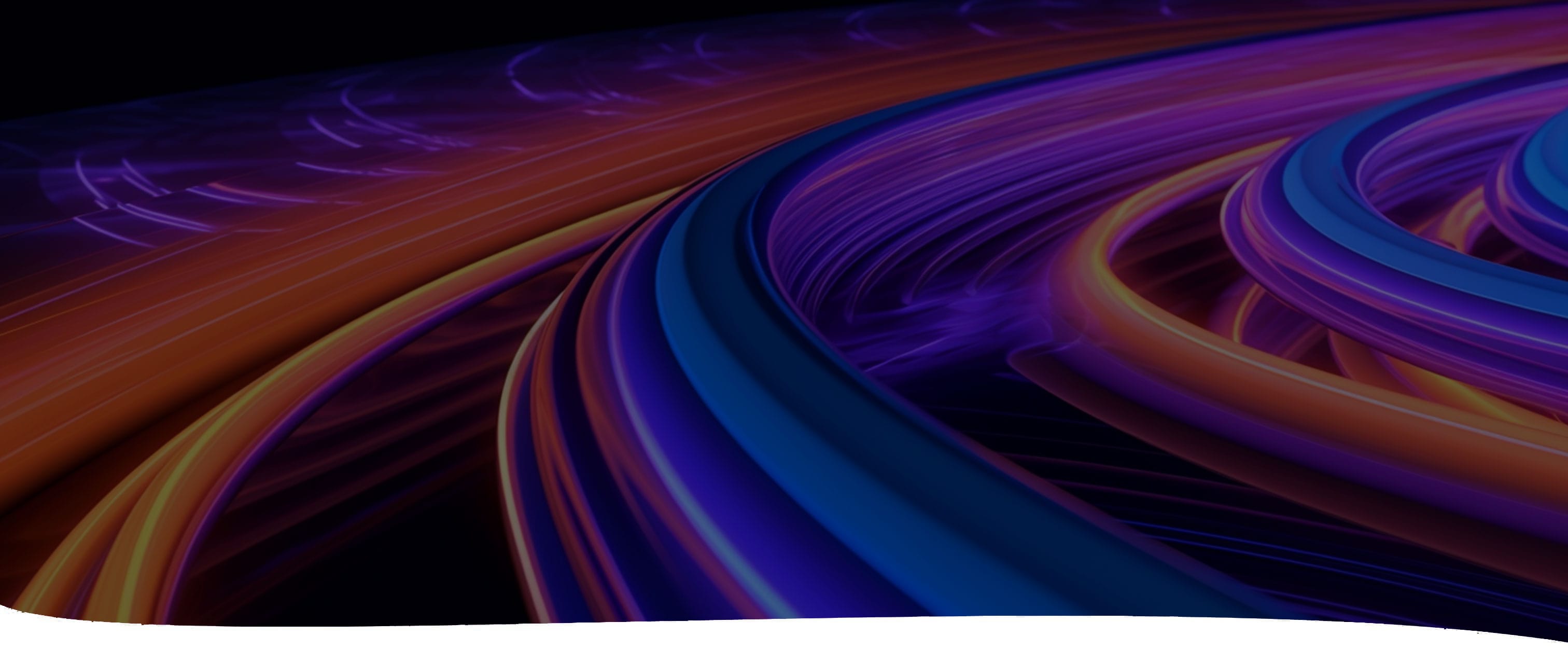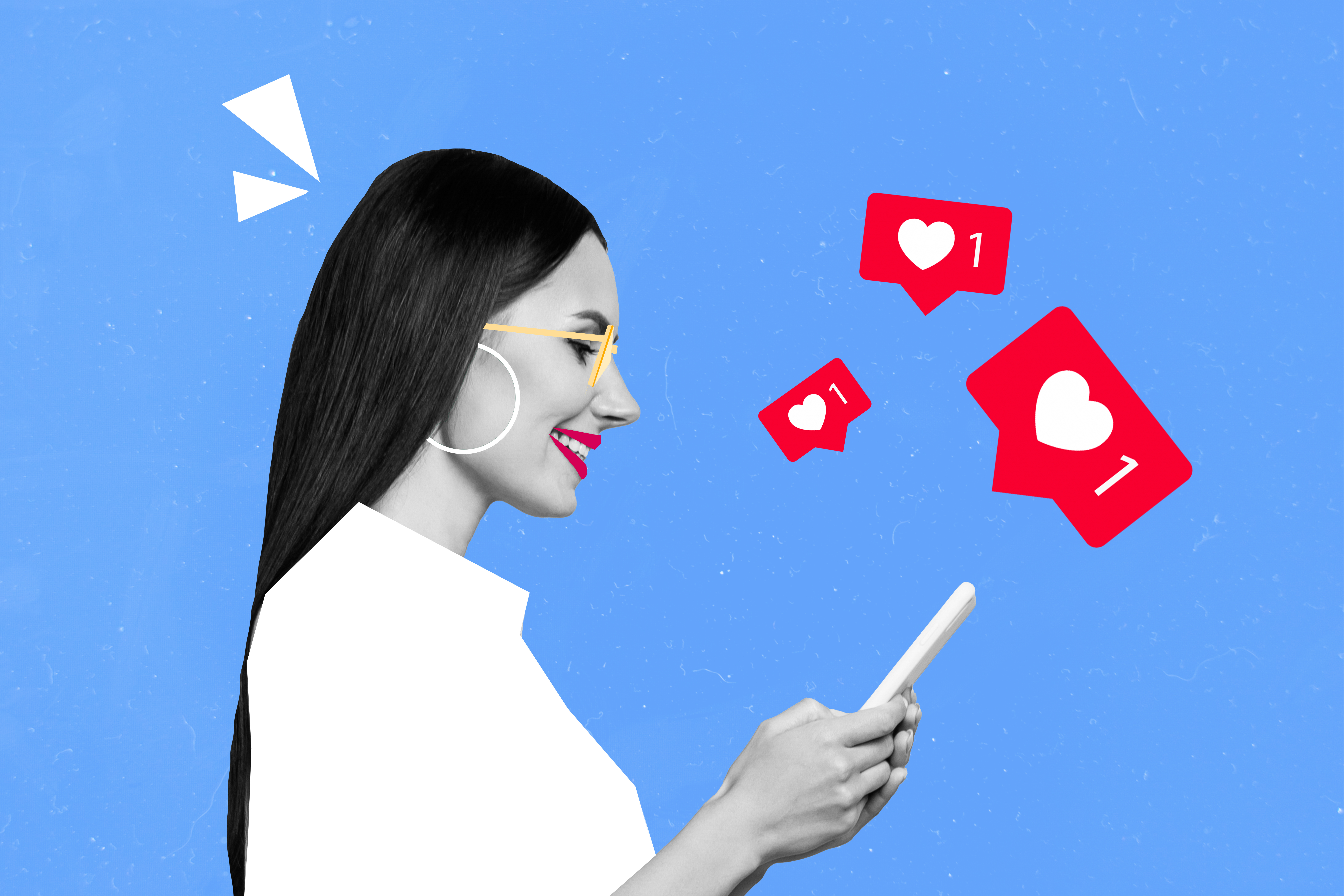Picture your favorite room or favorite outfit. Odds are good that one of the first attributes you envisioned was color. Color plays a major role in our mood and in our motivation to buy new products. Color psychology extends well beyond the domain of fashionistas and interior designers. It’s critical to the visibility of your products too. Intelligent ad creative must be mindful of the role of color and use color cues to set the mood and send important messages.
Do it well, and watch color psychology improve your bottom line. According to research, 85 percent of consumers say color is a primary motivator when deciding what to buy, and color informs up to 90 percent of impulse buys.
That’s a lot of power for something that marketers so often take for granted in their ad creative. Here’s what you need to know as you weigh the power of color selection and the messages it sends.
Getting Color Right in Ad Creative
Color, like any other attribute, has many different meanings to many different people. One of the most common errors marketers make is assuming that the same color always means the same thing. Green, for example, can represent serenity and nature. Or it can represent greed and jealousy. Color is highly personal and context-specific. Consider how loud, bright colors might feel obnoxious or even painful to someone experiencing a migraine or how trauma survivors might develop associations with specific colors.
This is why it’s so important to deliver a personalized experience and gather actionable data about your customer base via rigorous experimentation. There are no universal color truths—only subjective realities based on what your customers tell you. What works for someone else won’t necessarily work for your customers because your customers are unique. Treating them as such is critical to the success of any ad creative.
Some General Psychology of Color Principles
As you build your ads, consider how you might use color. A combination of predictable uses, such as using red to highlight a sale and create urgency, and more innovative techniques, such as building brand-specific color associations, can help you get the most out of the project.
Here are some general color psychology principles that can help guide the creative process:
- Red
Red is classically an exciting color. Some research suggests that seeing red increases heart rate and pulse, triggering both anxiety and a thrill. If you want to create a pleasurable dopamine rush, red is an important ingredient in the recipe. And, of course, it’s the perennial favorite for drawing attention to a sale or other time-sensitive event. Use red to create a sense of urgency and encourage consumers to act now.
- Blue
Want to create feelings of serenity and calm? Blue’s your color. It’s a great option for presenting your product as an antidote to stress and anxiety. It’s also increasingly popular among some of the biggest name brands—so popular, in fact, that blue is becoming something of a neutral in the world of advertising. So if you want to present an inoffensive message, it’s a great option. But if innovation is the ticket, you may want to try something a little different.
- Green
Green, like blue, can trigger feelings of calm and tranquility. But it’s a bit less overused than blue, so if you crave soothing imagery but want a bit of creative edge, green is a good bet. Green also signals concern for the environment and is a great way to ally your brand with nature, renewable resources, and animal welfare.
Green can be a bit of a double-edged sword. That’s because it’s also associated with money, wealth, and yes, greed. Overuse it, and you might convey the wrong message. And don’t forget about that green-eyed monster. In the wrong context, green can trigger negative envious emotions that leave buyers feeling unsettled.
- Purple
The color of royalty for generations, purple unconsciously signals feelings of grandiosity, respect, and wisdom. This makes it a popular choice for beauty products, political advertisements, and products and services where discussions of wealth are key, such as wealth management firms.
Be mindful of how consumers respond to purple in your ads, then adjust accordingly.
- Orange and Yellow
If you want to signal youth, joy, optimism, and energy, then these citrusy hues are a great bet. Retailers selling toys and games often rely heavily on these colors. They can also be a good choice for nonprofits, tech startups, and anyone trying to generate feelings of innovation and excitement.
- Black and Gray
At first blush, these neutral hues may not seem exciting, but they can actually be incredibly enticing. Stark contrast attracts the eye and can be visually clean and appealing. Neutrals can help you avoid sending the wrong message, which is especially important if you’re not yet sure which ad copy works best for how consumers might respond to your marketing campaign.
Data, Color Psychology, and Getting Your Ad Campaign Right
Color psychology can spruce up your next ad campaign, drawing new eyes to your copy. But how do you know it’s working? And how do you avoid sending the wrong message? It’s all about the right data coupled with continuous testing. And that’s exactly what RevJet delivers to each of our clients. We empower you to experiment and learn from each test, so you can get better each time.
Want to learn more about testing your ads? Eager to try out some color psychology and see what results you might get? Download our white paper, Beyond Basic Ad Testing, to learn more about putting the right data to work for your next ad campaign.





